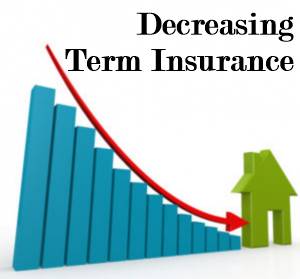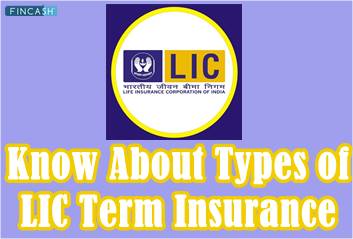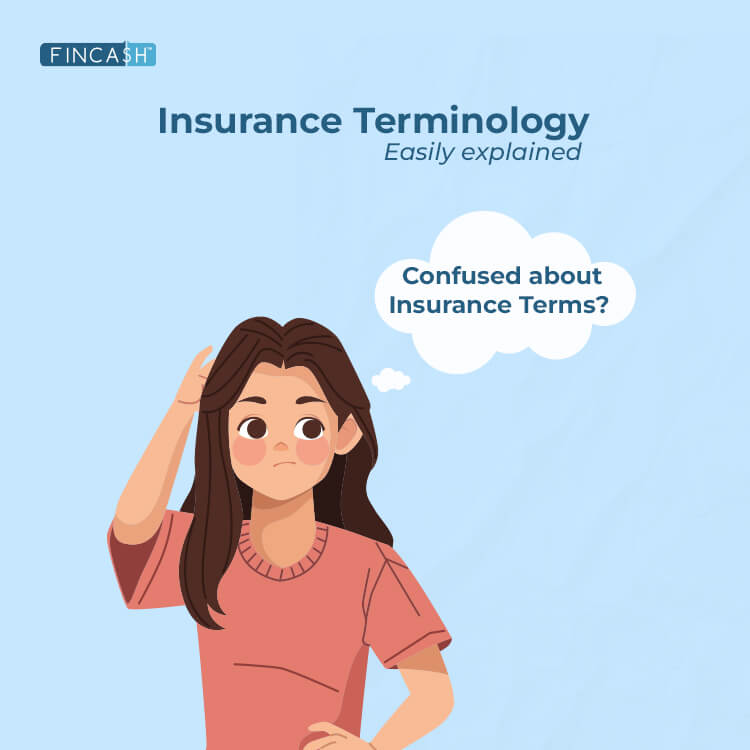
Table of Contents
Decreasing Term Insurance
What is Decreasing Term Insurance?
Decreasing Term Insurance is all about renewable term Life Insurance that comes with such coverage that keeps decreasing over the policy’s tenure at a specific rate. Throughout the contract, premiums usually remain consistent, and the typical reduction takes place either monthly or annually.

Terms for this life insurance Range anywhere between 1 year to 30 years, depending upon the insurance company and the plan of the insurance.
Explaining Decreasing Term Insurance
The concept behind decreasing term insurance consists of several factors, such as age, liabilities, the requirement for insurance decreases, and more. Apart from that, several decreasing term insurance policies can also take the mortgage life insurance form that fixes its advantages to the remaining mortgage of the home that has been insured.
However, the decreasing term insurance, alone, might not be satisfactory for the life insurance requirements of an individual, especially if there are any dependents on them. The major use of this term insurance, often, is for the protection of personal assets.
Small business partnerships may also use this policy to safeguard indebtedness against the operational expenses and overall costs of their business. As far as small businesses are concerned, if one partner passes away, the death benefit continues to help fund the consistent operations.
Or else, it can also be used to settle down the debt that the alive partner is responsible for. This security also helps businesses put forth a guarantee for their Commercial Loans.
Expensive or Inexpensive
In comparison to universal and whole life insurances, decreasing term insurance is quite affordable. The benefit upon death has been designed to replicate the amortization mortgage schedule or other debt that is not covered by personal assets.
Talk to our investment specialist
On top of that, decreasing term insurance also provides a death benefit with no accumulation of cash. Also, it has modest premiums against the benefits.
Decreasing Term Policy Example
Let’s consider a decreasing term policy example here. Suppose a 30-year old lady, who is a non-smoker, is paying a premium of Rs. 1800 per month and she has to pay for 15 years for a Rs. 200,000 decreasing term policy. The monthly cost for the decreasing term plan doesn’t change.
However, with an increase in her age, the risk of the carrier also increases. This rise may warrant a declining death advantage.
All efforts have been made to ensure the information provided here is accurate. However, no guarantees are made regarding correctness of data. Please verify with scheme information document before making any investment.












